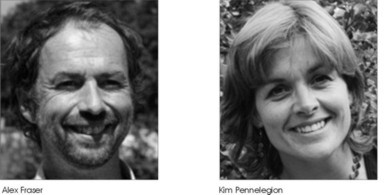Every year, I visit two or three times, as a treat, because the fishing can be fantastic and the landscape is always exceptional.
One of the characteristics of the River Wye are structures built for salmon fishing in the sport’s heyday one hundred or more years ago. All along the river, from Builith to below Monmouth there are man made croyes or groynes, built into the river to create both resting pools for salmon and dry places underfoot for fishing from. On the river bank there are fisherman’s huts, ranging from little shelters just big enough for a bench to summer houses complete with veranda overlooking favourite fishing pools. All of these features are set in the landscape of sporting estates, replete with ‘Private Fishing’ signs, shelter belts for pheasants, gothic mansions and carriage tracks leading to the river.
Despite the manmade interventions, the River Wye and its sister the Usk, remain wild rivers, capable of turning into torrents within hours. Once in flood both rivers can change the landscape rapidly. At Maesllwch, the River Wye has in recent years formed a new ox bow lake, which is now silting up. Cast adrift from the river is a substantial fishing hut, now half a kilometre away from running water. Salmon no longer rest in the pool below the hut, but I sometimes imagine that an ancient retired colonel might still use the hut, casting with rheumatic eyes to fish in the stagnant pool below. Earlier this Autumn I fished on the Usk from a massive fishing concrete pier that now slopes alarmingly into the river. The hole beneath the concrete is now a favourite holding point for salmon. Originally built for making fly fishing easier, the subsiding pier is now fishable only by a carefully placed worm.




